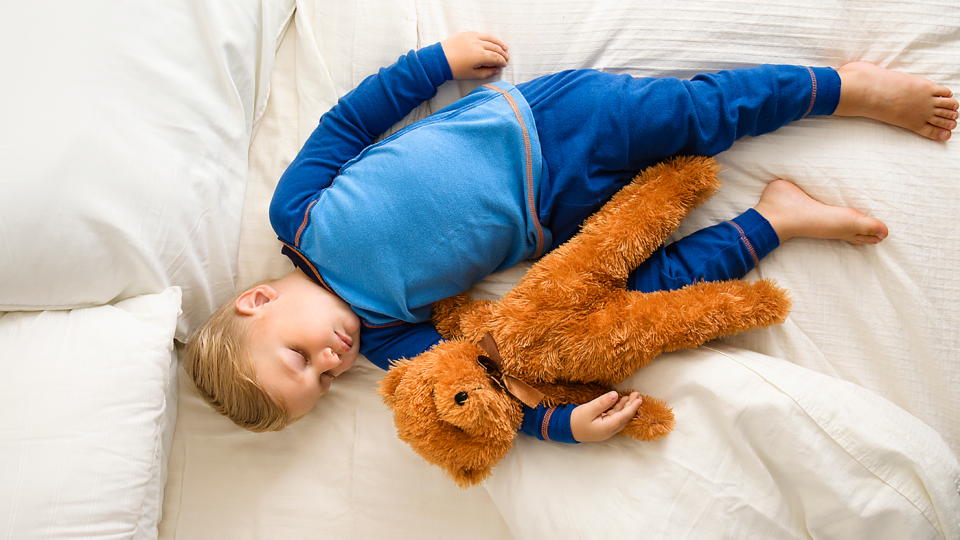Routine comfort

Discover the importance of routine for creating a sense of safety—and adventure!
When I was a first time mom, I guarded my infant's schedule zealously. Nap times were sacred rituals. I even had a soundtrack for our day—good morning songs and nap songs and bedtime songs.
Fast-forward two more kids and I have learned to be a bit more flexible.
Still, there has to be a balance of spontaneity and structure. Babies thrive on routine.
Our compromise is that we stick to a routine, rather than a schedule. This means that we get up and have breakfast, brush our teeth and get dressed, head out for some sort of morning fun, have lunch, and then follow with a nap. My youngest had many of his morning newborn naps on the run but I've still protected that after-lunch nap.
Once the children age out of naps, we still have "quiet time" after lunch.
We still have specific books and songs and goodnight rituals.
Since infants' days revolve around eating, playing, and sleeping, it is fairly easy to set a routine for them. This routine builds trust between babies and their caretakers and establishes a sense of stability. Once they begin to understand that the adults in their lives will get them when they wake, feed them when they are hungry, play with them when they are alert, and then tuck them in for a nap when they are sleepy, babies can use their growing brains to process other information. As babies grow into toddlers, they'll have more confidence for exploring new things.
How do you create a sense of routine for your baby?









